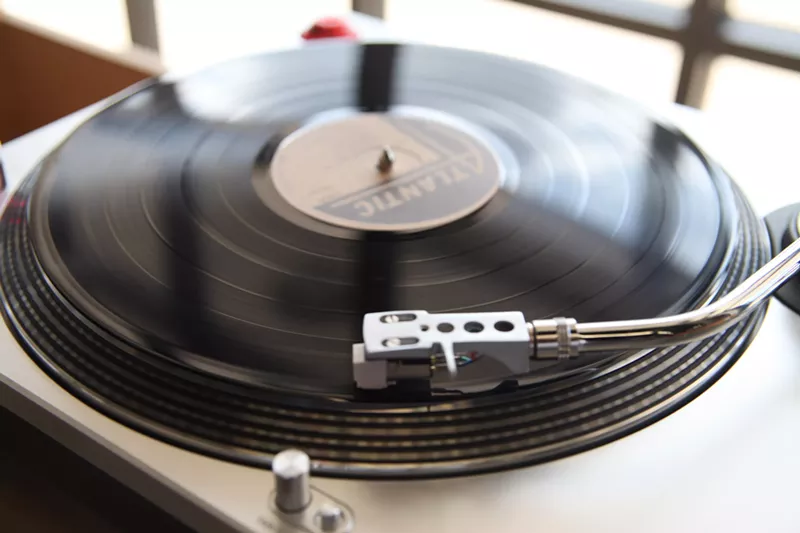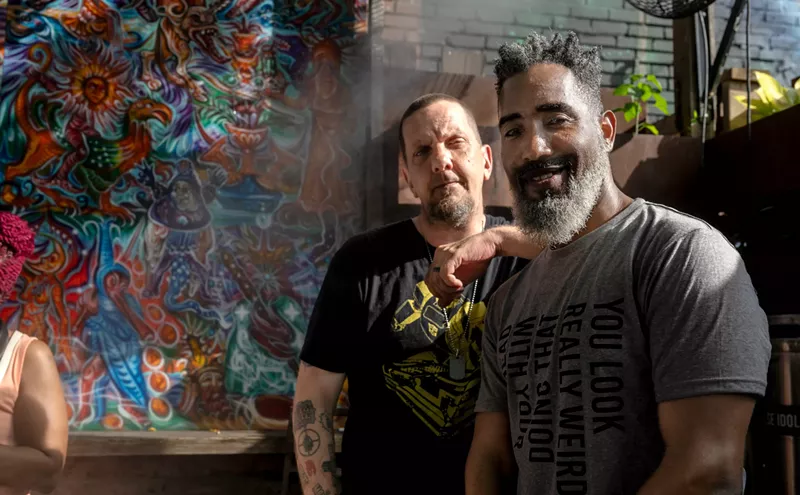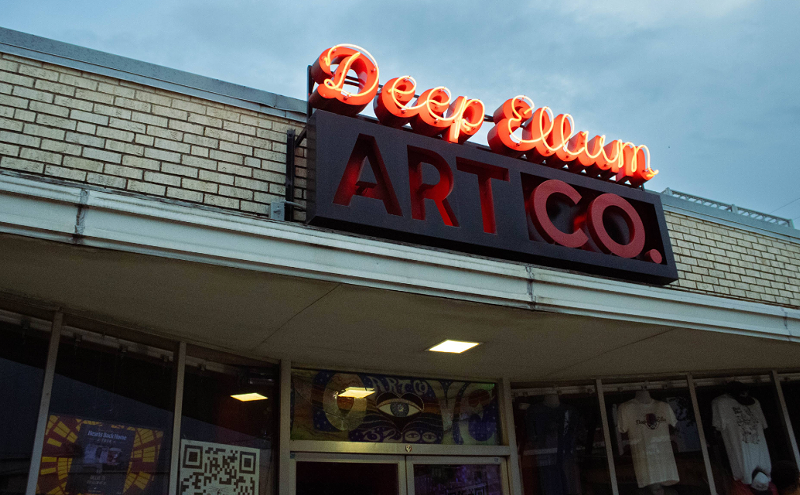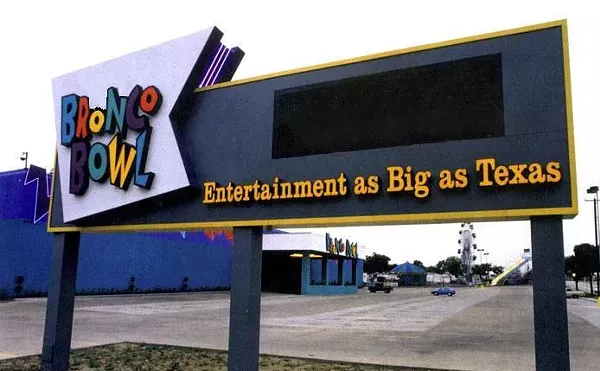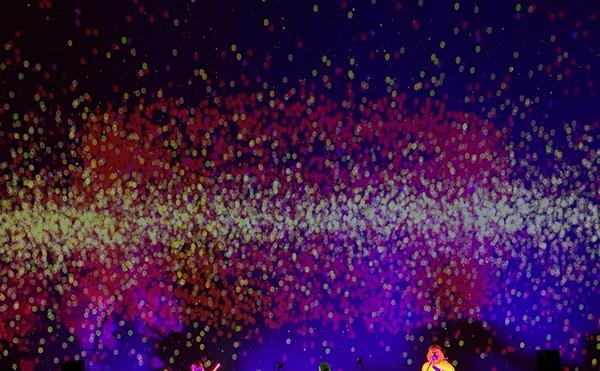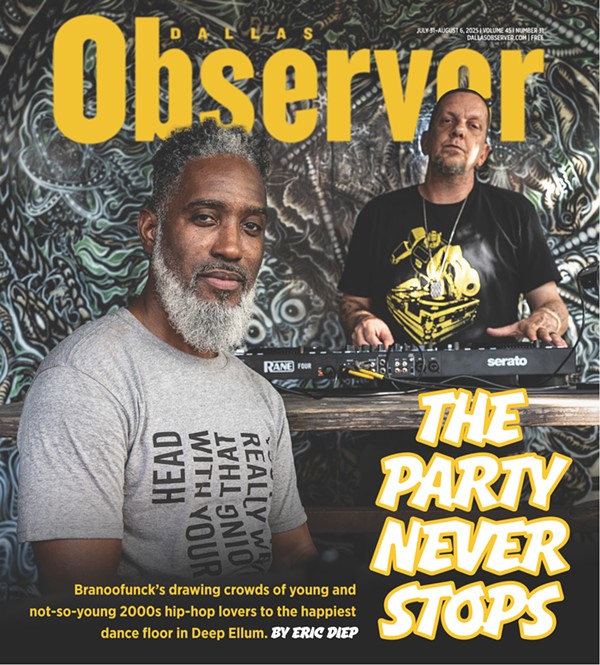Cris B at Josey Records says he isn’t surprised about the midyear report. “Vinyl has been in a resurgence a little longer than people think. ... It’s been a process that has been happening over time.”
The report revealed that 8.6 million vinyl records were sold during the first half of the year, raking in $224.1 million in sales. CD units doubled the amount of vinyl units sold and made $247.9 million.
But vinyl revenue grew by 12.8% in the last six months of 2018 and another 12.9 % in the first half of 2019, while CD sales barely budged. The RIAA report is just like a trustworthy weather report, and the projected forecast pretty much guarantees vinyl will surpass CDs.
Music streaming has nothing to worry about, though. In the first half of 2019, streaming services generated 62% of the total music industry revenue and even with the fast growth of vinyl sales, they still only accounted for 4% of total revenue.
Let streamers stream. Some of them don’t know what it’s like to walk into Josey Records or Spinster Records and walk out with a 12-inch gorgeous piece of art, then take it home and carefully drop the needle down on the outer edge of the vinyl and watch the record spin.
Aesthetics are not the only reason people love vinyl. They legitimately put out a better quality of sound than all digital formats. “It comes down to the format itself," Cris B explains. "CDs are taking the sound and compressing and it loses its potency.”“Vinyl has been in a resurgence a little longer than people think. ... It’s been a process that has been happening over time.” — Josey Records' Cris B
tweet this
Don’t blame the resurgence solely on millennials and hipsters. The owner of Madd World Records in Denton, Mark Burke, said people of all ages come in and buy records.
“I have kids that are 10 that have record players and I have people in their 90s buying stuff ... it’s all over the map. I’ll sell something to someone from every decade today,” Burke says.
Purchasing vinyl is an emotional investment, and people buy it for the same reason people buy CDs: to own a tangible item and proof that they really support their favorite artists. Even older groups and acts are seeing sales spikes for their music on vinyl. According to Rolling Stone, The Beatles sold more than 300,000 records in 2018 while Pink Floyd, David Bowie, Fleetwood Mac, Led Zeppelin, Jimi Hendrix and Queen all sold more than 100,000.
A lot of today’s artists now print their albums on vinyl, but that is mostly just good business. Sure, there are some pop stars out there who like vinyl themselves, but some are just meeting the demand that is there. Burke says, “If it wasn’t for punk and hip-hop, the records would have stopped in America in the late '90s early 2000s.”
North Texas is also a hub for 8-track production, so the trends could be shifting yet again.

